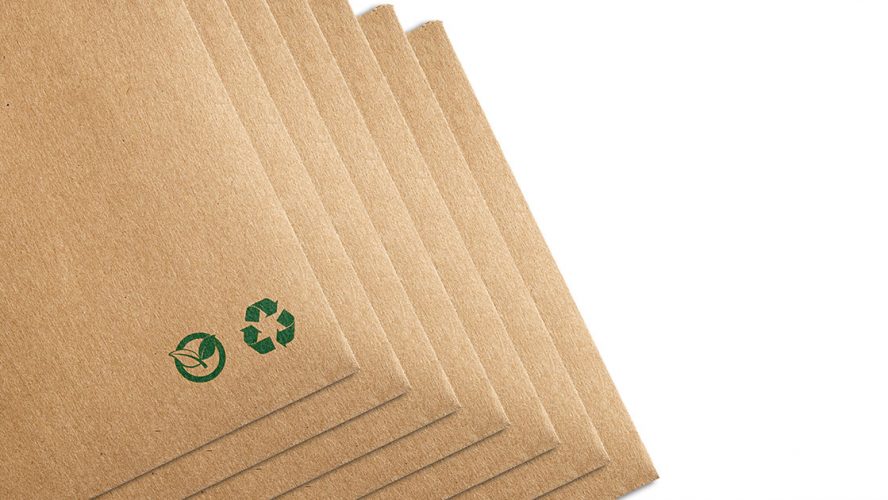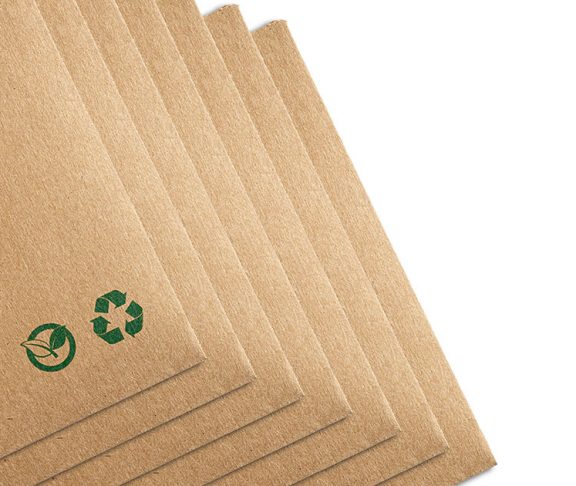The pandemic might have permanently changed consumers’ packaging expectations. When online sales skyrocketed to 21.9 percent of all retail sales during COVID, it gave consumers lots of additional opportunities to think about packaging. And retailers are already coming up with solutions.
Even before the pandemic, nearly eight in 10 consumers said sustainability was important to them and almost six in 10 said they are willing to change their shopping habits to reduce their environmental impact, according to a survey conducted by the National Retail Federation and IBM.
Now 55 percent of U.S. consumers are either “extremely” or “very concerned” about the environmental impact of product packaging, according to an October 2020 McKinsey survey. Thirty-five percent of consumers now feel more wasteful because of their packaging use during the pandemic, and more than half are more concerned about protecting the environment than they were before the pandemic, according to the Natural Marketing Institute, which has been tracking consumer sustainability trends since 2002.
Retailers are well-aware of these trends. While the “packaging pandemic” might just be one of many recent COVID concerns, retailers have been focused on more sustainable packaging for more than 15 years.
Walmart published its first sustainable packaging scorecard in 2006 and now has a 20-page Sustainable Packaging Playbook that it shares with all suppliers to reduce the environmental impact of product packaging. Amazon publishes packaging design criteria and began promoting its Frustration Free Packaging initiative in 2008. Qurate Retail Group, which owns seven leading retail brands including QVC and HSN, provides similar criteria for suppliers.
They and many other retailers encourage their suppliers to:
- Increase the use of more environmentally preferable packaging made from recycled-content or plant-based materials and to design packaging that is easier to reuse, recycle, or compost;
- Promote the How2Recycle and How2Compost labels that show consumers how to properly dispose of unneeded packaging; and
- Shrink packaging sizes to reduce the amount of material needed, which allows consumers and retailers to store more in less space and results in fewer trucks on the road delivering products.
Retailers are also exploring other sustainable packaging approaches based on a circular economy model that tries to eliminate all waste. Kroger and Walgreens, for example, are working with Loop, a reusable packaging company, to eliminate single-use packaging. Customers pay a deposit for durable, reusable containers that can be returned, cleaned, sterilized, and refilled. The model harks back to the days when milk was delivered to doorsteps in reusable glass bottles.
While individual retailer efforts to improve packaging are impressive, even bigger sustainability opportunities emerge when retailers collaborate with each other. More than 20 retailers are part of the Sustainable Packaging Coalition (SPC) that also includes well-known consumer brands, packaging manufacturers, transportation, and recycling companies working together to create more sustainable packaging solutions.
SPC members understand that the most important sustainability benefit of any packaging material is ensuring that products arrive undamaged. The environmental footprint of the packaging is small compared to the negative environmental impacts that result when spoiled food or damaged products are thrown away because the packaging was not able to protect them.
Retailers are not just thinking about the packaging. They are focused on providing the high-quality, affordable products consumers want (including more sustainable products), reducing product damage during shipping in more sustainable packaging, and delivering the products to consumers in the most convenient, timely, and sustainable way possible.

